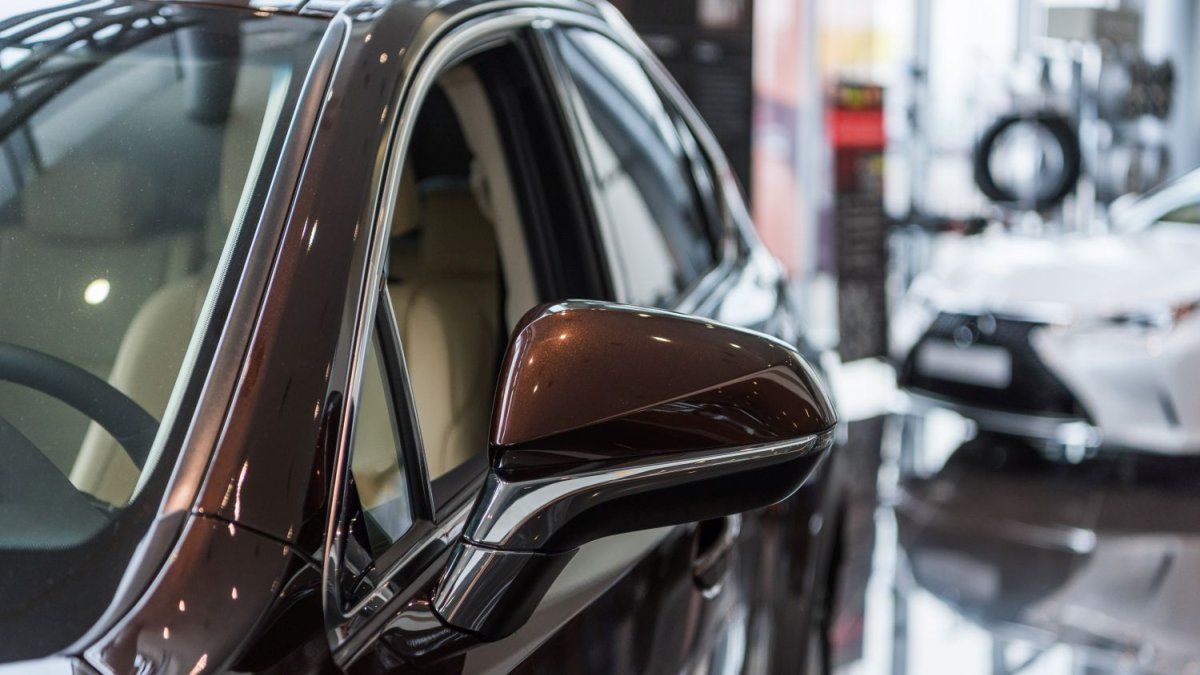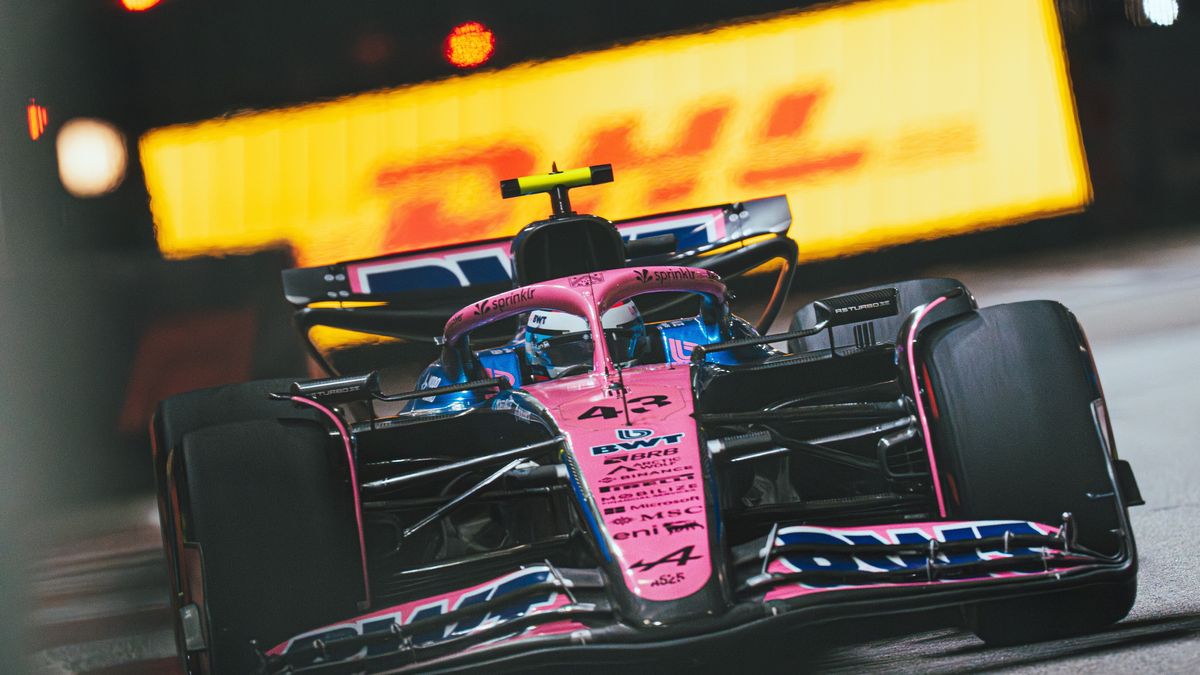Am I traveling cheaper with an electric car, how much does petrol or diesel cost on the same route? The comparison of energy costs at large petrol stations should provide clarity about the costs of driving a car. So far he is hardly known.
Few of them have noticed the yellow-orange notice at petrol stations: the comparison of energy costs with thirteen numbers. At the same time, drivers should get an overview of the costs of the various fuels and energy sources at a glance. Since October 1, 2021, filling stations with more than six multi-product pumps have been obliged to compare energy costs. This indicates the costs of various energy sources, such as petrol, diesel, electricity, natural gas and hydrogen in euros per 100 kilometers for two vehicle classes and must be displayed visibly on petrol pumps or in the sales area.
The energy cost comparison is intended to promote the development of the infrastructure for alternative fuels and is based on a European guideline. It should “support future purchasing decisions by consumers when choosing a passenger vehicle,” says the text of the law. Finally, drivers should be made aware of alternative drives and energy sources for cars.
According to a current Forsa survey commissioned by the German Liquid Gas Association (DVFG), more than a quarter after its introduction, however, only seven percent of motorists noticed the energy cost comparison. “For 70 percent of those surveyed, energy costs are an important argument when buying a new car. Those who want to be mobile at a particularly low cost should also know the energy cost comparison and take them into account when making decisions,” says DVFG CEO Jobst-Dietrich Diercks. In 2020, several consumer surveys as part of a pilot project by the European Commission had already yielded the result of “major information deficits among consumers on alternative drives and fuels”.
In addition to electric cars, the expert advises vehicles with LPG
“When buying a new car, it will be worthwhile for many to switch to a cheaper energy source such as LPG,” says Diercks. In addition, the climate benefits from a more cost-effective energy source – through lower CO2 emissions. In addition to electric cars, LPG vehicles do particularly well in a comparison of energy costs.
“As new or retrofitted, they are the environmentally friendly alternative – especially for frequent drivers and on long journeys,” says the DVFG. According to Diercks, LPG is particularly worthwhile for frequent drivers and commuters in rural areas, “since the charging infrastructure for electromobility will not be available in sufficient quantities here in the coming years”.
According to the current energy cost comparison by the Federal Ministry for Economic Affairs and Energy, the average energy costs of a small car / compact class with LPG drive per 100 kilometers are 5.54 euros and a middle / upper class is 6.45 euros. Otherwise only electricity is cheaper at 4.74 euros or 4.84 euros. Diesel, on the other hand, costs 6.84 or 7.82 euros and Super 9.71 euros or 11.97 euros.
Energy cost comparison at the petrol station: no exact values
The three best-selling vehicles and their official consumption according to the current WLTP driving cycle are used to determine the values. The resulting average consumption per 100 kilometers, together with the price for the respective energy source, ultimately results in the costs per 100 kilometers. The data is not accurate to the penny because, on the one hand, the majority of consumers are likely to drive a different car and, on the other hand, their driving style also plays a role.
Other costs related to the car, such as acquisition, repairs, insurance and taxes are ultimately excluded – although they usually significantly exceed the item of energy costs. It should also be noted that the average household electricity price is given for the energy costs of electric cars. This is definitely lower than at the public charging stations. So they are just rough comparison values.
Sources:,, with material from DPA

You can see in the video: Scratching in winter is annoying, and windows fogged up inside is at least as annoying. Socks and cat litter help in a simple way to suck moisture out of the car – and keep it away.
Source From: Stern
Jane Stock is a technology author, who has written for 24 Hours World. She writes about the latest in technology news and trends, and is always on the lookout for new and innovative ways to improve his audience’s experience.



